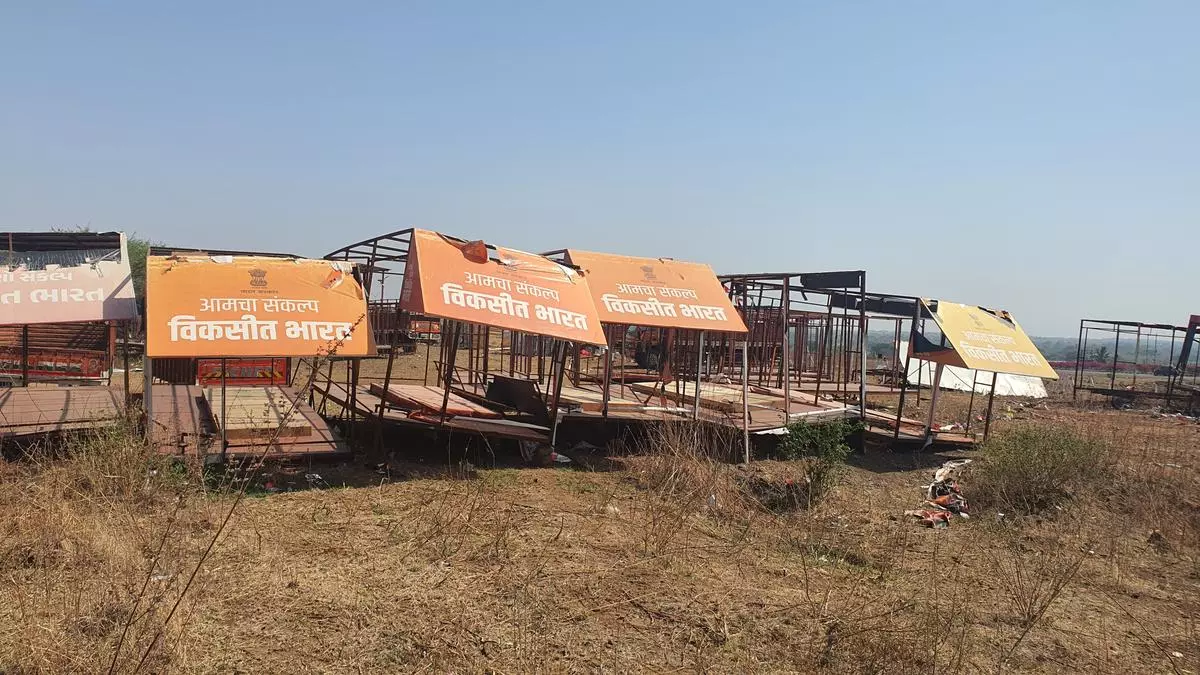The real estate industry in India has been experiencing a significant slowdown in recent years. According to a recent report by Janaki Krishnan Data, the top nine cities in the country have seen a considerable decline in new housing supply and sales. This data indicates that the industry is facing a challenging time, but also opens up new opportunities for growth and development.
The report reveals that the new housing supply in the top nine cities of India has fallen by a third in the past year. This can be attributed to various reasons such as the economic slowdown, liquidity crisis, and the ongoing COVID-19 pandemic. The slowdown in the economy has affected the purchasing power of the people, leading to a decrease in demand for new homes. The liquidity crisis has also impacted the supply side, with developers facing difficulties in obtaining funds for their projects. Furthermore, the pandemic has caused disruptions in the construction activities, resulting in delays and a decrease in the number of new housing units.
In addition to the decline in new housing supply, the report also highlights a significant decrease in sales by over a fifth in the top nine cities. This is a clear indication of the current state of the real estate market in India. The pandemic has caused uncertainty and instability, leading to a decrease in consumer confidence and a reluctance to invest in the property market. The demand for residential properties has also been affected by the shift towards work-from-home policies, with many people looking for smaller and affordable homes instead of larger and expensive ones.
While the data may seem concerning at first, it also presents an opportunity for the real estate industry to adapt and evolve. The current situation calls for innovation and creativity to overcome the challenges and drive growth in the sector. Developers can focus on affordable and smaller housing units to cater to the changing needs of the market. By adopting digital technologies and virtual tools, they can showcase their projects and reach out to potential buyers, even in the midst of a pandemic. This not only helps in generating sales but also ensures adherence to safety protocols.
Moreover, the government’s recent initiatives and policies, such as the extension of the affordable housing scheme, reduction in stamp duty charges, and the introduction of a stress fund for stalled projects, provide a ray of hope for the real estate sector. These measures are expected to boost the demand for residential properties and revive the industry. The government’s focus on infrastructure development and the establishment of smart cities also presents immense opportunities for the real estate sector.
The decline in new housing supply and sales may seem like a setback, but it also serves as a wake-up call for the industry to change its approach and adopt a more sustainable and customer-centric approach. This is the time for developers to understand the needs and preferences of the customers and offer projects that cater to them. The current scenario also calls for collaboration and partnerships between various stakeholders to overcome the challenges and ensure the growth of the sector.
In conclusion, the data presented by Janaki Krishnan Data sheds light on the current state of the real estate industry in India. While the decline in new housing supply and sales may seem alarming, it also brings forth opportunities for the sector to evolve and grow. By adopting innovative strategies and collaborating with stakeholders, the industry can overcome the challenges and drive growth in the coming years. The government’s initiatives and policies also provide a positive outlook for the real estate market, and we can all look forward to a brighter future for the industry.










